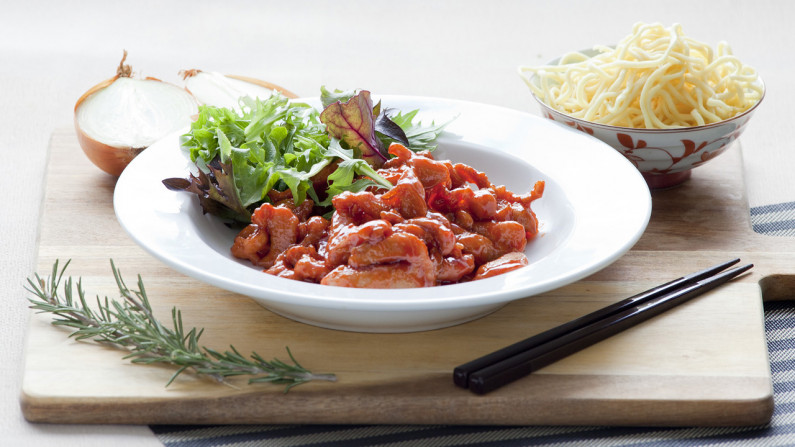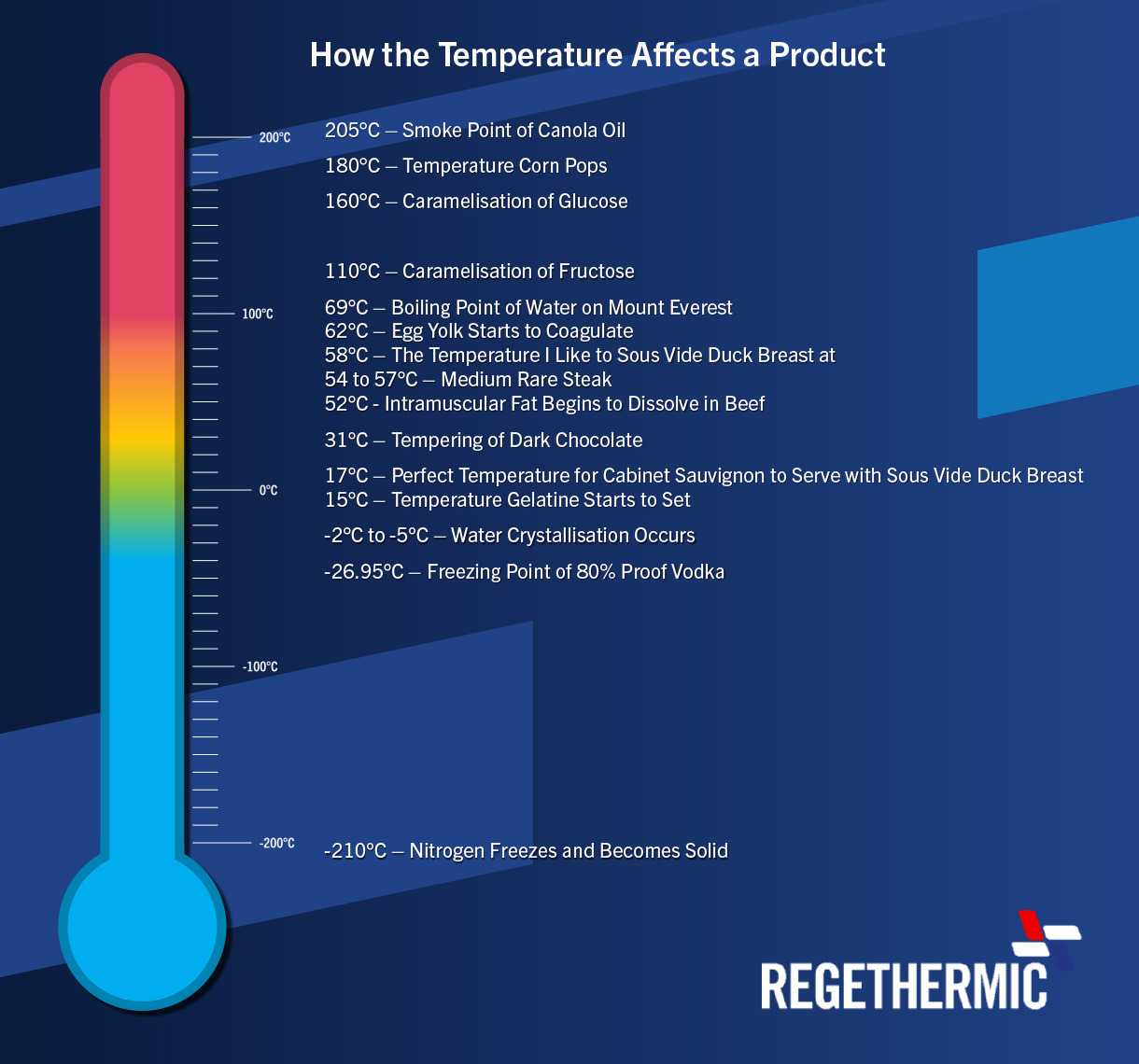Change of State
8 August 2019

An understanding of the parameters influencing transformation of a state of food through thermal processing allows us to control not only the overall taste of a product but also the tenderness, doneness and appearance.
Some transitions may be reversible, as in the case of ice to water or reliquification of a jellified stock by heating. However, it may also be permanent; a soft-boiled to hardboiled egg, or caramelising of sugar.
We can influence other factors of the product by minimising or maximising the time held at the transitional temperature such as:
- Holding a steak at a temperature of 55°C for a prolonged time - to provide not only a medium rare steak but also with extended processing time breaking down the connective tissue in the meat to offer a tender end product.
- Utilising the Maillard effect – where a chemical reaction between amino acids and reducing sugars when heated causes browning, longer holding time results in a darker end product.
- Transitioning as quickly as possible a product being frozen through the critical -2 to -5°C - to minimise water crystallisation within the food.
Consider how the temperature affects a product:

Regethermic offers the technology and expertise to achieve the best product end-result, while monitoring each stage of the process to ensure your brand and customer safety is protected.